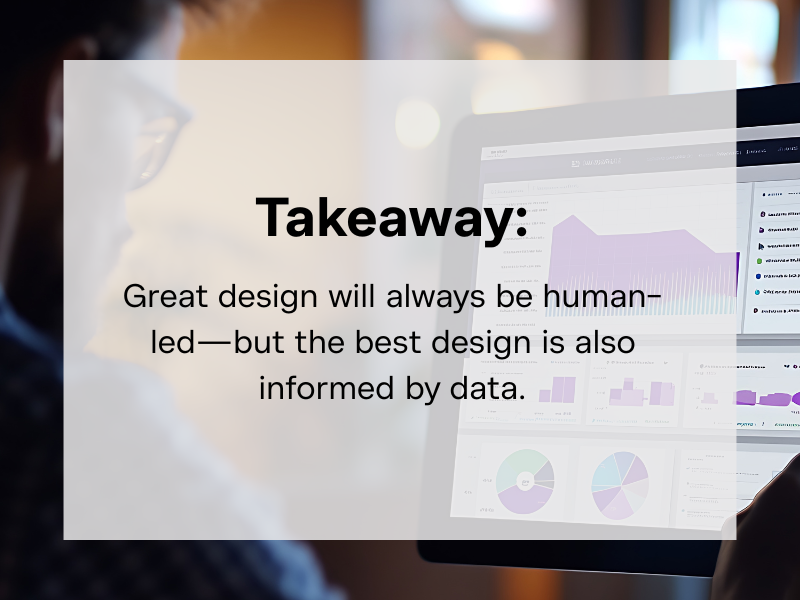A few months ago, I joined a org design effort where a team was finalizing their new organizational structure. Sticky notes covered the walls, discussions were lively and everyone had strong views about what “should” change.
It was a classic org design moment—smart people solving complex problems with experience, collaboration and a bit of gut instinct.
But what struck me most was what happened when we brought data into the conversation.
We loaded their structure into an analytics platform, and everything shifted.
The data revealed patterns no one had seen before—overloaded spans in one area, micro-teams in another and collaboration clusters that didn’t align with the formal hierarchy.
The leaders got quiet for a moment, then curious.
Then they started asking better questions:
Why are micro-teams so prevalent?
What if we rebalanced these teams?
How would that change impact cost, agility or talent flow?
By then leveraging Artificial Intelligence (AI), we were able to assess headcount compositions among industry peers. This allowed leaders to reflect, compare and improve decisions. That’s the moment where organizational design meets AI—and magic happens.
AI doesn’t replace intuition; it amplifies it. Data gives leaders a clear view of how work actually happens, not just how we imagine it does. With that visibility, transformation becomes more confident, measurable and continuous.
At AlignOrg Solutions, we see this every day—how design thinking and data analytics together can reveal hidden inefficiencies, accelerate decision-making and build alignment across leadership teams. The smartest organizations are using these insights to design structures that are more connected, adaptive and ready for what’s next.

Maximize the Magic of Data
The impact of AI-driven insights can become diluted without a strategic perspective. As we think about using data to reveal how our organizations work, keep these cautions in mind:
- Remember the why: The most effective leaders use data as a flashlight, not a verdict. They combine analytical insights with qualitative feedback from teams using conversations, workshops and surveys to get a complete picture.
- Connect data insights to strategy: Every design decision you make should reinforce what makes your organization unique. Before you act on an insight, ask yourself, “How does this help us better deliver on our value proposition? Will this change strengthen our competitive differentiators or dilute them?”
How is your organization using data to guide transformation? Please consider leaving a comment or adding to our conversation on LinkedIn. If you’d like to learn more about integrating AI into your organization in a way that adds value and helps achieve strategic goals, download our free Executive Guide.





